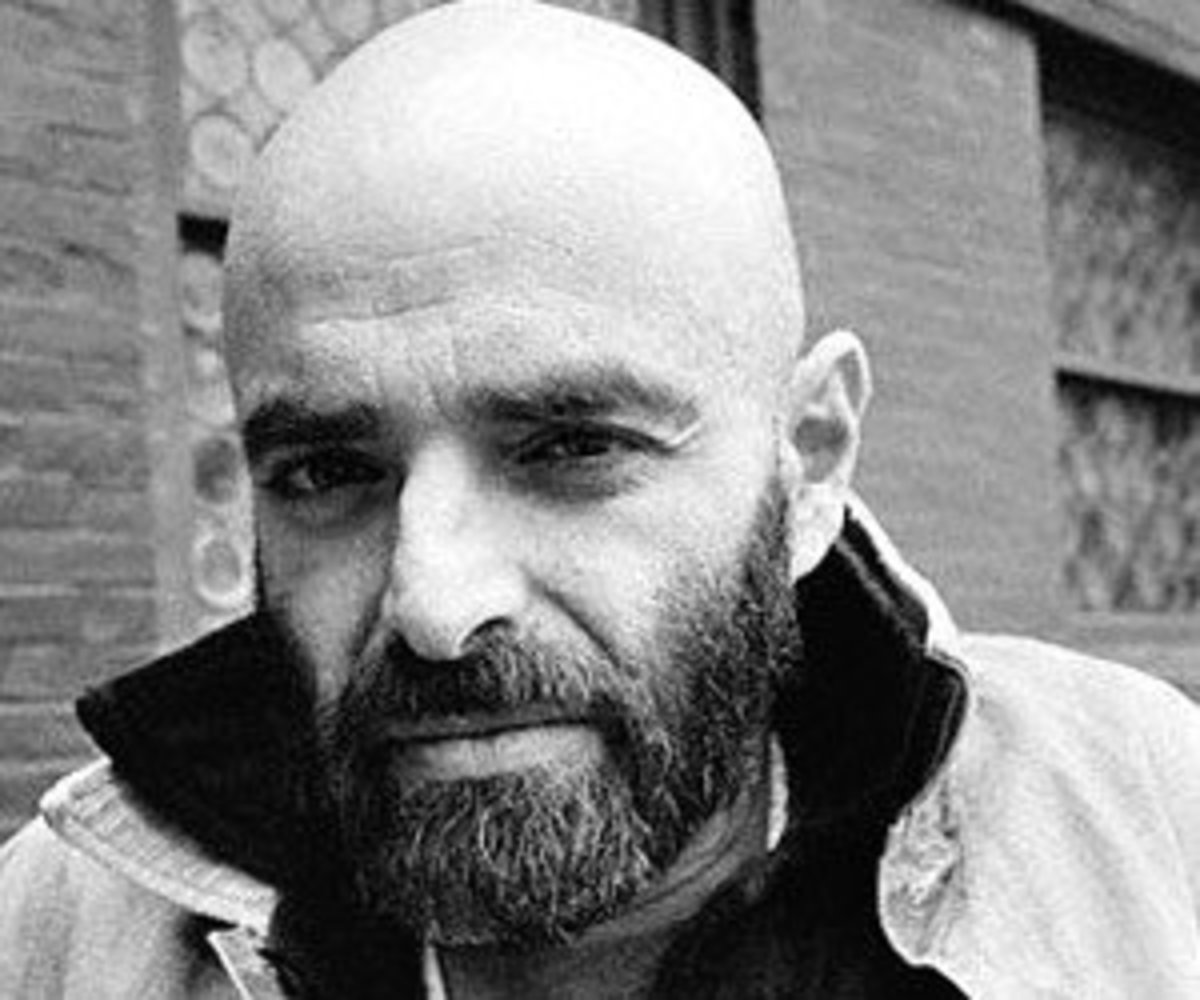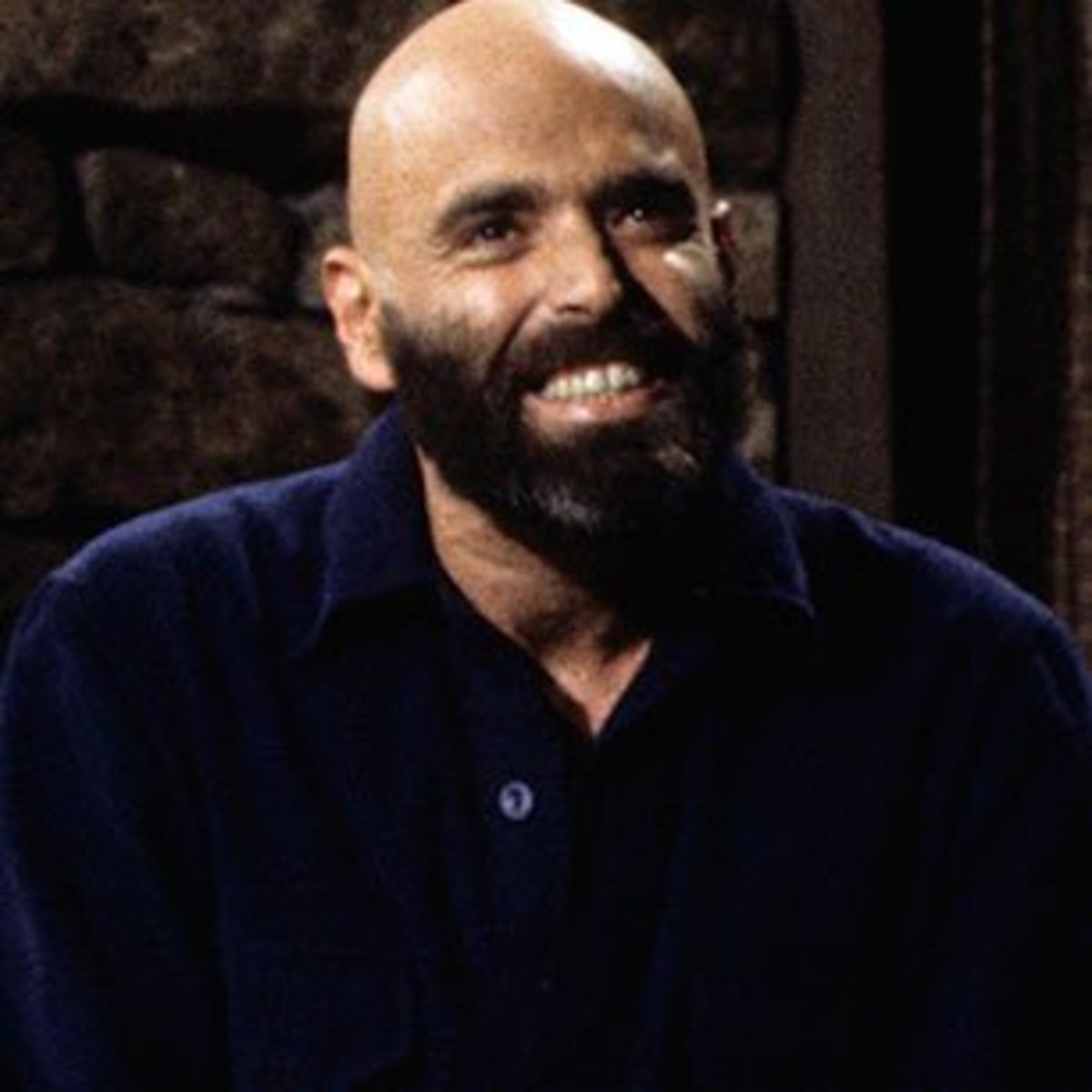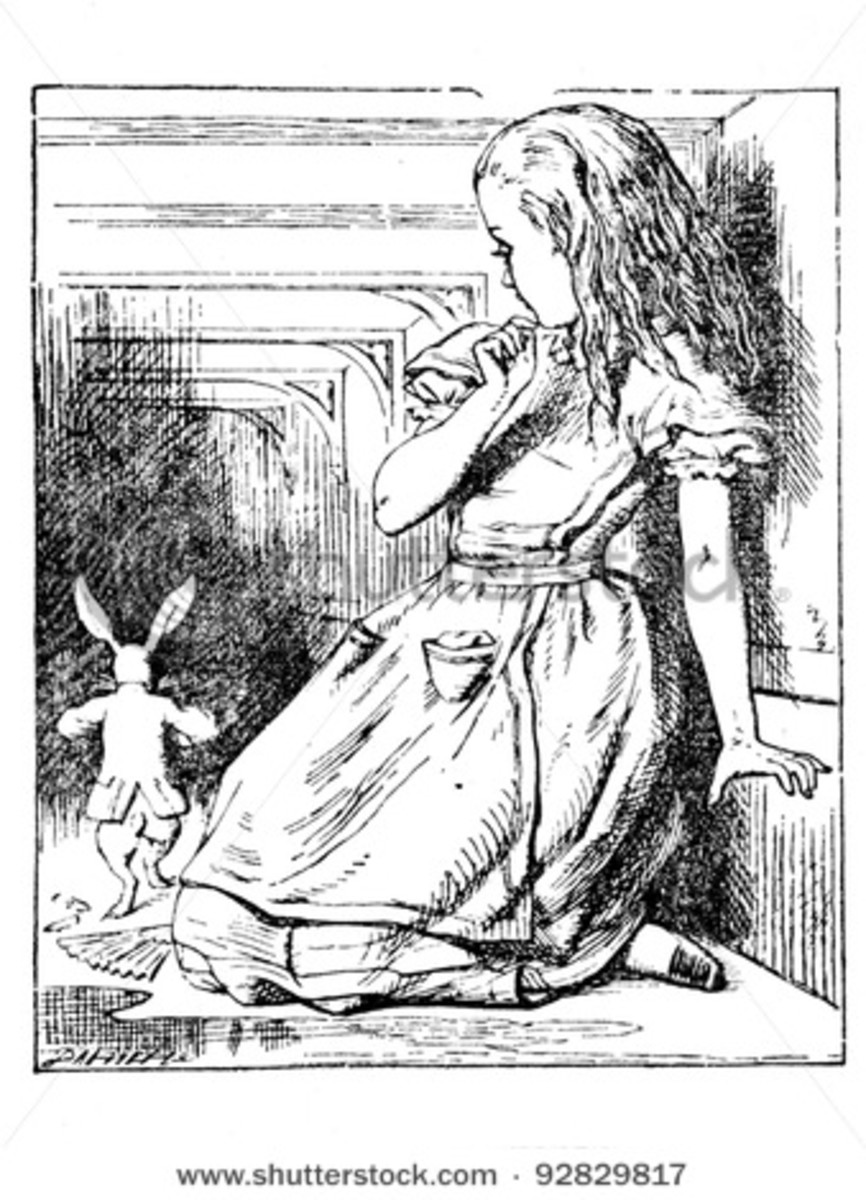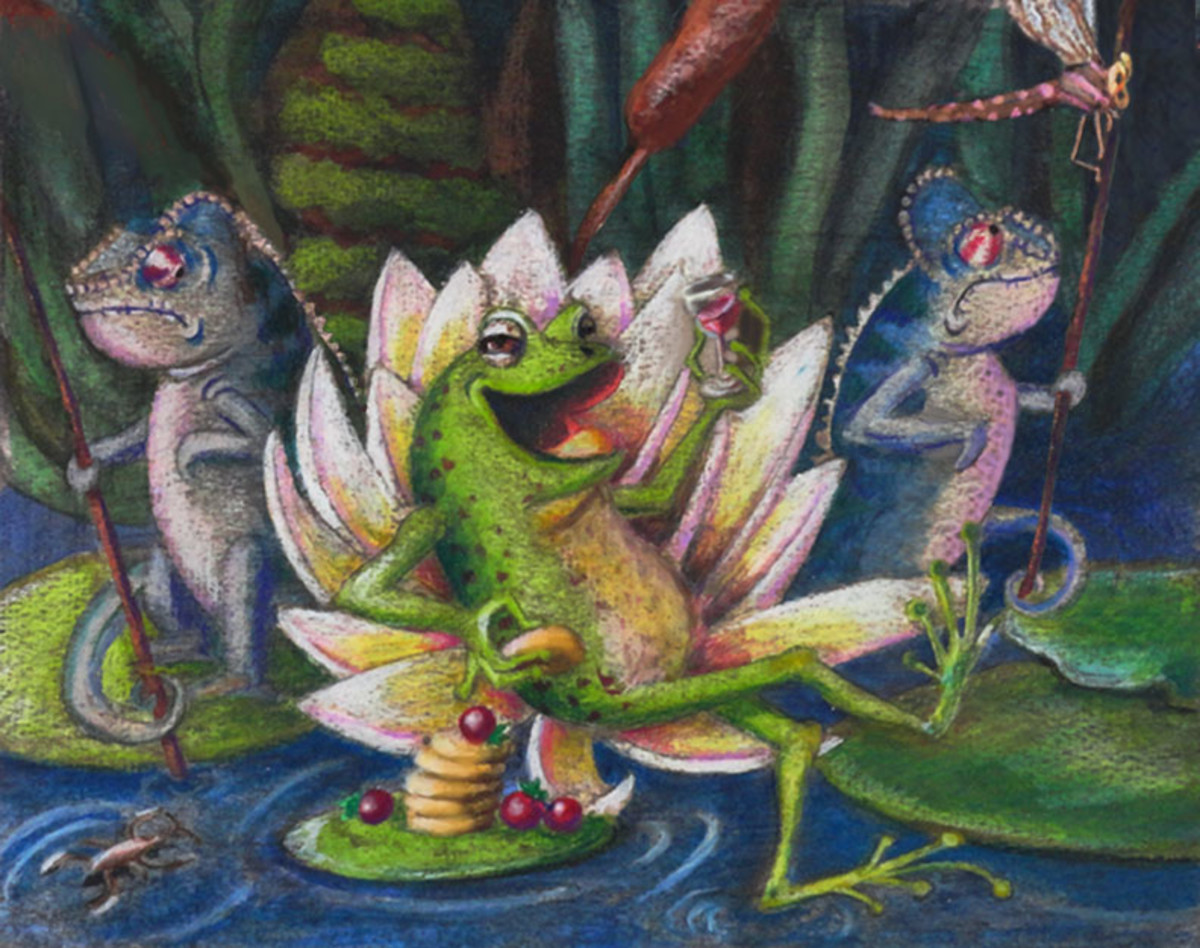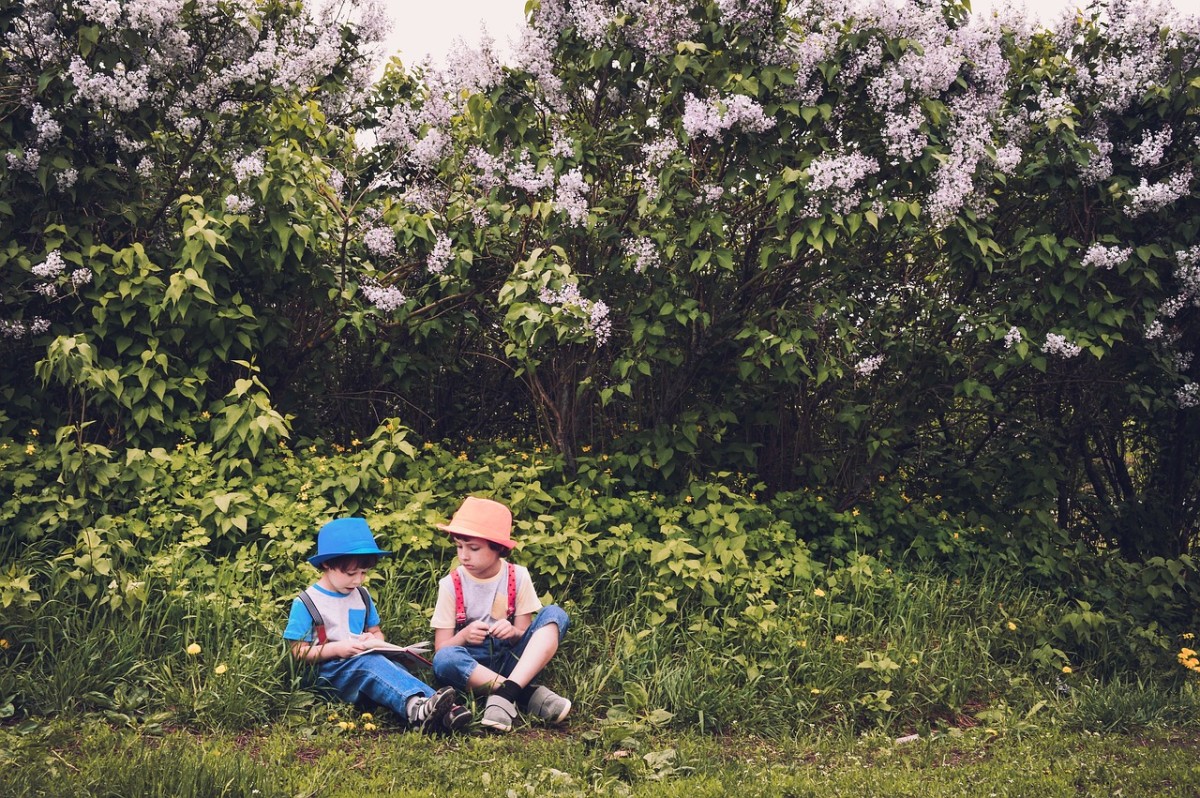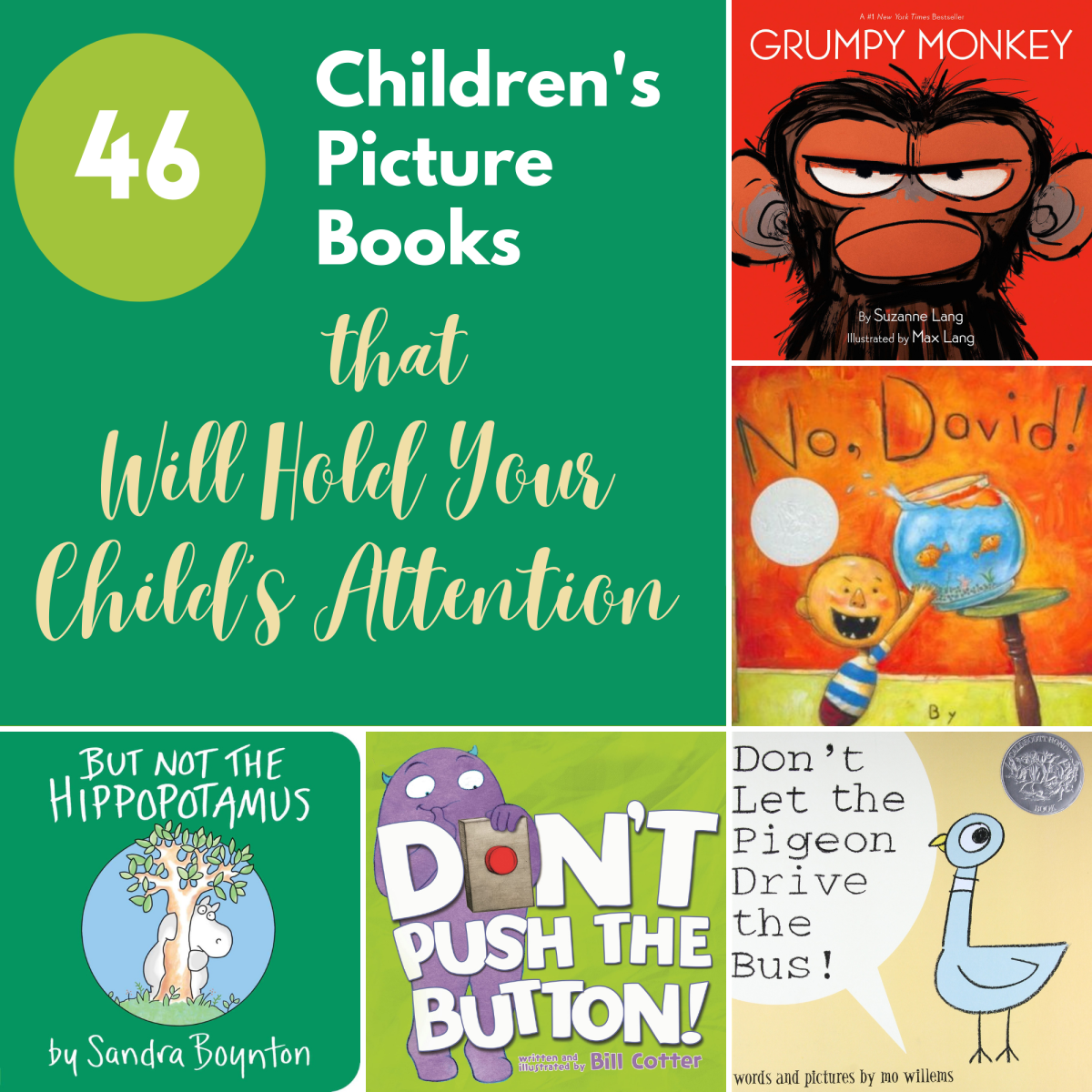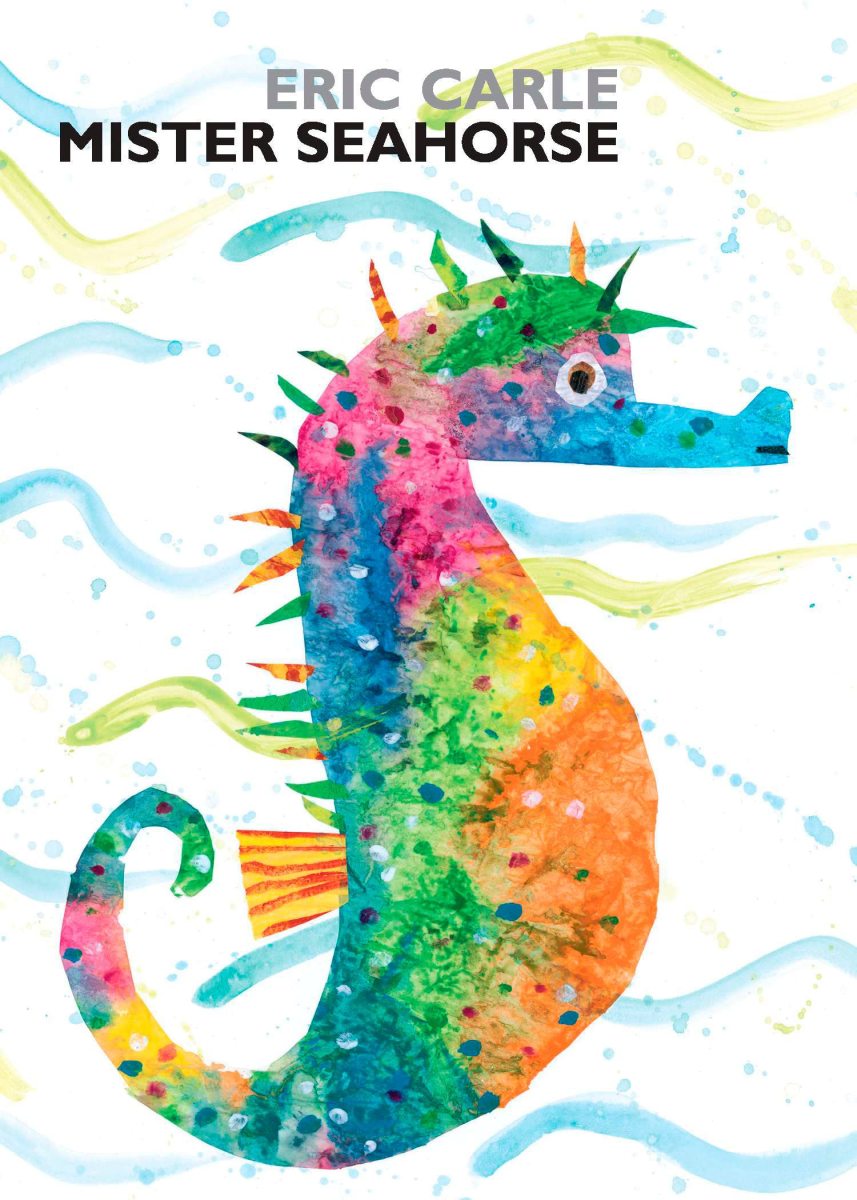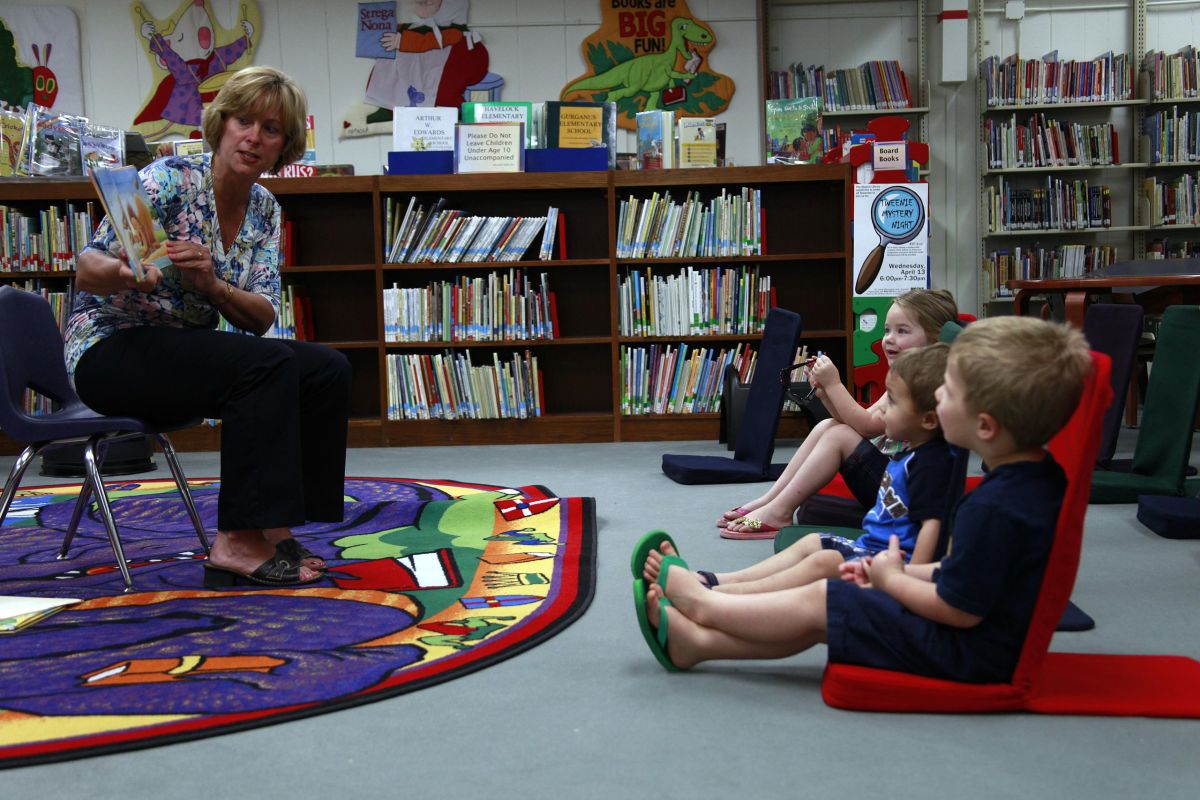Famous Children’s Books: Banned Before Entering the Classroom
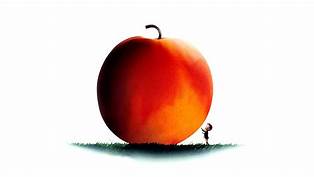
Introduction
There are many children’s novels that have become beloved bedtime stories, some that are now so popularly taught in the elementary classroom and others that are just famous for movies based of their plots. It’s amazing to think of how many of these tales were originally banned from publication in countries all around the world. They were considered to be of a radical or politically outspoken nature, rather than the child-friendly works they are today.
Alice’s Adventures in Wonderland by Lewis Carroll
It is most common to think of Alice in Wonderland as a children’s story that is more mystical and mythical in nature than one of a historically controversial voice. However, Alice's Adventures in Wonderland was banned in the Chinese province of Hunan in 1931 for its portrayal of animals speaking and behaving as humans. Censor General Ho Chien believed that assigning human language and action to animals was an insult to humans (rather than simply fictional), and even demoralizing to the human nature. Worried that the book would teach children to regard humans and animals on the same level, he stated the book to be "disastrous."
A Light in the Attic by Shel Silverstein
A Light in the Attic, by poet and artist Shel Silverstein, is beloved by readers young and old. Now taught to many young students it was once banned because of "suggestive illustrations." As vague as that statement may be, it fell under the category of immorality that brought so many books to controversy and legal battles as well over the years. Claims that the book glorified Satan, suicide and cannibalism, while also encouraging childhood disobedience kept the book out of the hands of children for quite a while. Those claims may seem to be excessive for a poetic children's book, but it took many years before A Light in the Attic was available in libraries and classrooms for the study of literature by worldwide youth.
A Wrinkle in Time by Madeleine L’Engle
A Wrinkle in Time, by Madeleine L'Engle, is a mix of science fiction and fantasy. It's the first in a series of books, which also includes A Wind in the Door, A Swiftly Tilting Planet, and Many Waters. The award-winning book, A Wrinkle in Time, is now considered a bestselling classic, though it also stirred up a considerable amount of controversy in its early years. The book is on the Most Challenged Books of 1990-2000 book list. Challenges were made based on claims of offensive language and religiously objectionable content for references to crystal balls, demons and witches.
Lord of the Flies by William Golding
By the time that William Golding's novel Lord of the Flies was published in 1954, it had been turned down by over 20 publishers. The book, now quite famous historically, is about a group of schoolboys who create their own “civilization” of sorts. Although Lord of the Flies became a bestseller over the years, the novel has often been banned and challenged based on "excessive violence and bad language" in its content. Just like many other controversial authors and their work, William Golding received the Nobel Prize for literature and he was knighted in the United Kingdom.
James and the Giant Peach by Roald Dahl
As popular as it is for children today, Roald Dahl's noted book James and the Giant Peach has been frequently challenged and banned for its content. One key point that was battled was the abuse that James experiences in the story. There have also been claims that the book promotes alcohol and drug use, contains inappropriate language and encourages childhood disobedience or rule-breaking behavior.
The Call of the Wild by Jack London
Published by American author Jack London in 1903, The Call of the Wild tells the story of a dog who reverts to his primordial impulses in the frigid wilds of the Yukon territory during the Klondike Gold Rush in 1890s Canada. The book is now a popular work studied in American literature classrooms, sometimes read alongside American tales like Adventures of Huckleberry Finn. The novel was banned in Yugoslavia and Italy based on some general claims that it was "too radical."
Conclusion
With all of these, and so many other books, that were banned from library shelves, classrooms and the like, the question is raised as to what sort of literature students actually read before these were released to the public.

